Subaru Outback Vs Forester: Which Subaru Crossover Is Right for You?

The Subaru brand has long been the slightly offbeat ride of choice for those seeking to incorporate all-wheel drive into their daily commute.
While the brand historically developed a reputation for appealing to the wool socks and creative arts crowd, modern Subaru crossovers are designed to attract a wide cross-section of buyers who may not necessarily have a Whole Foods membership app on their smartphone.
In fact, Subaru was at the forefront of the current SUV and crossover craze. One can argue that the brand popularized the idea of using an all-wheel-drive tall wagon as a family car with the original Outback (fun fact: Outback was originally a trim line of the Legacy station wagon in the mid-’90s and not a standalone model). The Aussie namesake continues to sell apace, having been joined in recent years in Subaru showrooms by other rigs with a similar if not wholly identical appeal.
Get a Quote on a New Subaru Outback or ForesterBuilding on that success, the Forester appeared a couple of years after the Outback started selling like gangbusters. Slightly different in mission, the original Forester had a tall greenhouse and a squared-off front fascia – not to mention the thickest taillights in the world. Now in its fifth-generation, a new version was introduced for the 2019 model year.
Subaru Outback vs Forester
Cabin Space
Forester: Retaining a tall tumblehome after its 2019 redesign, the Forester offers excellent headroom to the point where most people could wear a top hat while piloting the thing. Front seat riders enjoy 41.2 inches of headroom, while backseat minions make do with 39.6 inches. Legroom measures 43.3 inches up front and the EPA rates total passenger volume at 111.9 cubic feet.
Outback: Thanks to its low(er) slung construction, the Outback gives up a couple of inches in both head- and legroom compared to the Forester. Its extra inch of overall width does offer more hip room, however, so be sure to cross-shop both models to learn which model – quite literally – fits your family. Total passenger volume is a measured 108.1 cubes.
Bottom Line: If your family unit includes future NBA stars, it would be wise to sample the Forester. In either car, however, it is important to note that the optional moonroof encroaches on interior space quite severely.
READ MORE: Ford Edge vs Explorer: Which SUV is Right for You?
Cargo Capacity
Forester: The shape of this crossover lends itself to accepting tall items, as its cargo space is tall but relatively short lengthwise. Storage space behind the rear seat measures 35.4 cubic feet, boasting a 34.8-inch height but a maximum cargo floor length of only 35.7 inches between the back of the rear seat and a closed hatchback door.
Outback: EPA measurements peg the Outback’s cargo carrying capacity at 35.5 cubic feet, within a hair’s breadth of its Forester cousin. The shape of that space, however, is quite different. While the space behind its rear seats is less tall, the maximum cargo floor length is 41.8 inches, a solid half-foot more than the Forester. This could mean the difference between loading your hockey bags or golf clubs in sideways or lengthwise.
Bottom Line: Take your measuring tape to the dealership. It is also worth noting that the Forester has a slightly larger liftover height into the cargo area than the Outback – 28.4 inches and 27.9 inches respectively – so consider that measure if you plant to frequently load heavy items aboard … or you have a dog who likes to jump in and out of the cargo area through the hatchback.
Technology
Forester: Every 2019 Subaru Forester comes standard with EyeSight driver assist technology that includes automatic pre-collision braking, adaptive cruise control, and lane keep assist. These features are a boon to new or unconfident drivers. The Forester is also available with a new, high-tech DriverFocus system with facial recognition that helps ensure drivers are paying attention to the road to help mitigate collisions. Paired with all-wheel drive, it makes for a compelling safety package.
Outback: EyeSight, previously an option on most models, is now standard on all Outback trims for 2019 as well. Base models gain a new 6.5-inch multimedia system for infotainment duties but don’t expect it to be as advanced as some units from other manufacturers.
Bottom Line: Because the Forester is newer, it has the edge in terms of technology, especially with the innovative DriverFocus system. A new Outback will be coming out soon, and we predict it will also come with DriverFocus. Both models come standard with EyeSight, however, which is a remarkable piece of tech at this price point. Don’t plan on showing off the computing power of either car’s infotainment system, though. Both infotainment systems look a bit dated and can be laggy at times.
Powertrains
Forester: Customers shopping for a 2019 Subaru Forester have but a single choice of engine. It is a 2.5-liter Boxer four-cylinder making 182 horsepower and 176 lb-ft of torque. With take rates of manual transmission declining in this country faster than the temperatures drop during a polar vortex, the sole transmission offered is a continuously variable automatic unit. All-wheel drive is, of course, standard on all models.
Outback: For 2019, two engines are available in the Subaru Outback. A 2.5-liter Boxer four-cylinder, the most common selection, produces 175 horses and 174 l.-ft of twist. Like the Forester, a CVT is the only transmission option. Offered alongside the four-banger is a 3.6-liter flat six, rated at 256 hp and 247 l.-ft of torque. Again, an automatic transmission is the only way to shift gears.
Bottom Line: Dollar-for-dollar, the 2019 Subaru Forester bests the Outback in terms of power as the latter’s bigger engine is only available on the high-zoot Limited trim. Your author pines for a manual transmission version of either car.
Fuel Economy
Forester: Thanks to an efficient four-cylinder, the Forester earns an EPA rating of 26 mpg in the city and 33 mpg on the highway cycle. Credit for those numbers must also be shared with the CVT automatic, which is designed to select the correct gear ratio for any given driving condition. Its 16.6-gallon fuel tank is quite small, however.
Outback: The four-cylinder engine’s fuel economy is rated very similarly to that of the Forester, with the EPA estimating drivers will see 25 mpg in city driving and 32 mpg on the highway. Its six-cylinder option, however, eats fuel like kids eat cake: 20 mpg city and 27 mpg highway. That first figure is especially appalling, ranking down there with much bigger SUVs and pickup trucks.
Bottom Line: Straight up, the Forester wins this round, as it provides better fuel economy yet has slightly more horsepower than the Outback. It achieves this holy grail partially by shedding weight; the tall Forester checks in at around 3,500 lbs, while the four-cylinder Outback easily adds 150 lbs to the scale. The 3.6L Outback? Depending on trim and option level, it can nudge uncomfortably close to 4,000 pounds.
READ MORE: 2019 Subaru Forester Review
Capability
Forester: Subaru’s reputation is built on all-weather capability, so should be no surprise that the 2019 Forester has 8.7 inches of ground clearance and approach/departure angles not unlike those of some larger SUVs. Shod with a good set of winter tires, there are few reasonable conditions through which the Forester cannot plow.
Outback: As the OG of all-wheel-drive tall wagons, it behooves the Outback to retain some measure of bad-weather prowess despite growing in dimension after every remake and restyle. Its ground clearance equals that of the taller Forester but, thanks to a lower stance, cannot claim the same angle of attack underneath its front bumper.
Bottom Line: The Outback’s track (distance between the center of each tire on an axle) is wider than the Forester. This, combined with a shorter overall height, lends itself to a planted feeling when navigating the tough stuff.
ALSO SEE: 2019 Subaru Forester vs Volkswagen Tiguan Comparison
Style
Forester: Freshly renewed for 2019, the Forester gains several of the styling cues that have worked their way across the Subaru line. It retains its on-stilts stature but minimizes its awkwardness with redesigned taillights and a swept-back appearance to its headlamps.
Outback: Round and expressive fog lights molded into the outer edges of the Outback’s front bumper have been a design flourish since the model’s inception. They appear for 2019, bookending a front fascia that shares much with other cars in the Subaru showroom.
Bottom Line: Always a subjective measure, the Forester’s styling is less appealing to these jaundiced eyes, which prefer a low-and-wide vehicle compared to one with a tall (but arguably more practical) shadow.
READ MORE: Subaru Outback Review
Pricing
Forester: Starting at $24,295, the base model comes standard with the company’s EyeSight Driver Assist technology, which incorporates safety nannies such as lane-keeping that shepherds the car along a marked roadway. LED low- and high-beam headlights are also standard, a very bright idea. Top-spec Touring models max out at $34,295 although the drivetrain is identical to cheaper trims.
Outback: Making a stand slightly south of the Forester at $22,545 for the entry-level 2.5i model, the Outback positions itself well in terms of pricing when compared to its competition. Even the powerful 3.6R Limited trim is listed just north of thirty large.
Bottom Line: For now, the Outback is cheaper than the Forester, although it should be noted that they are very close in price and some hard bargaining may net a similar bottom line. Generally speaking, however, expect to pay about $2,000 more for a Forester compared to a similarly equipped Outback at the time of this writing.
ALSO SEE: Where Is Subaru From and Where Are Subarus Made?
The Verdict: Subaru Outback vs Forester
Given its current status on the pricing totem pole, and the new-for-2019 inclusion of EyeSight technology across the board, the Outback represents a solid pick in this comparison. Its cargo area is slightly more practical and its styling is less gawping than the Forester. Just don’t try to wear a top hat while driving one. However, if technology is important to you, the Forester is definitely the way to go, because DriverFocus is fantastic.

Living in rural Canada, Matthew has immersed himself in car culture for over 30 years and relishes the thought of a good road trip. A certified gearhead, he enjoys sharing his excitement about cars and is very pleased to contribute at AutoGuide. Matthew is a member of Automotive Journalists Association of Canada (AJAC).
More by Matthew Guy




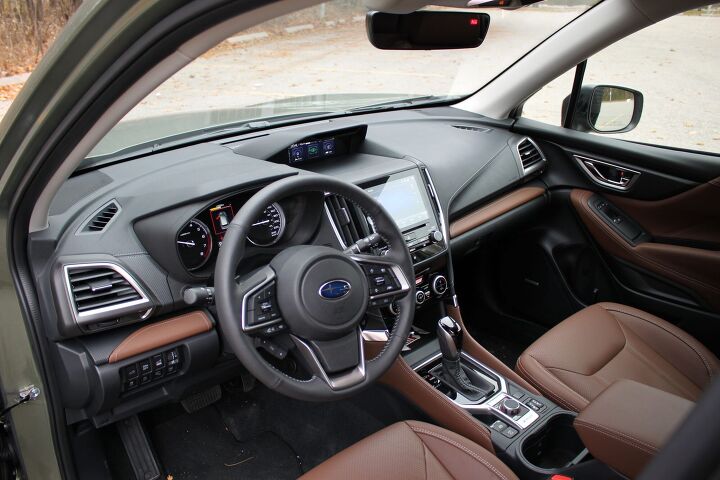
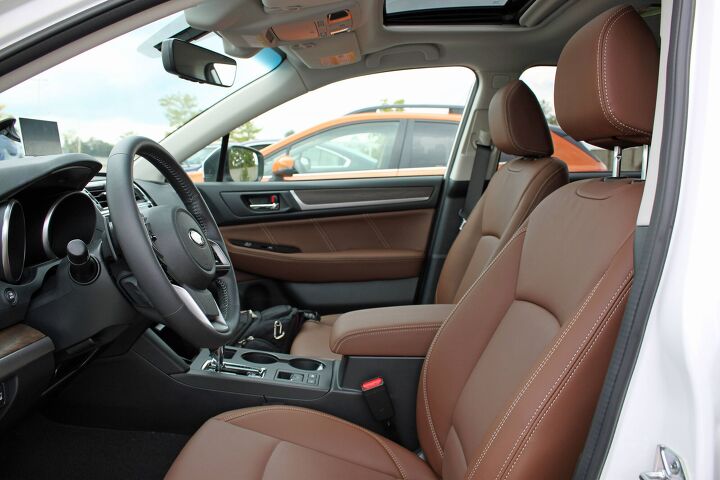
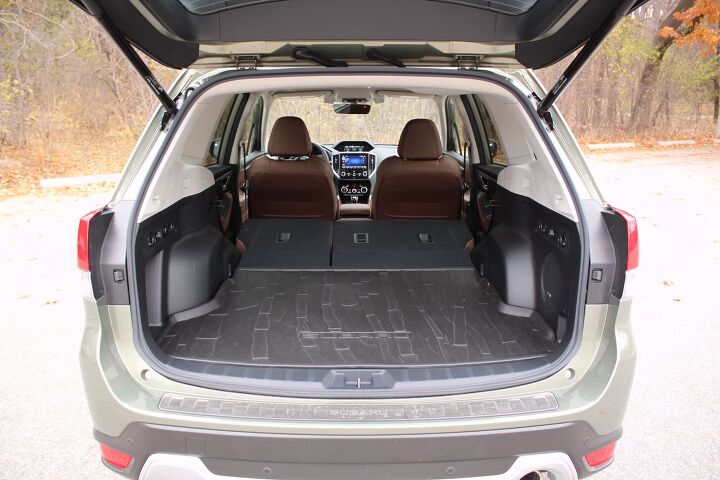
























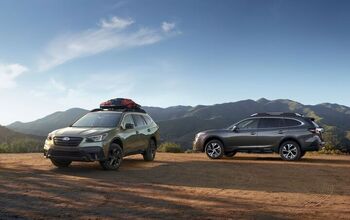
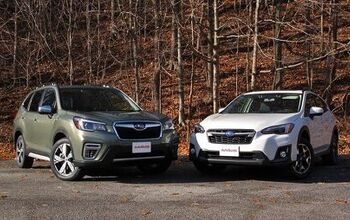
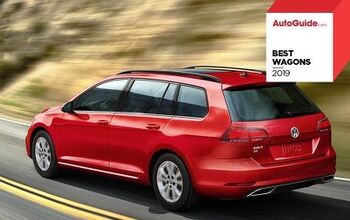
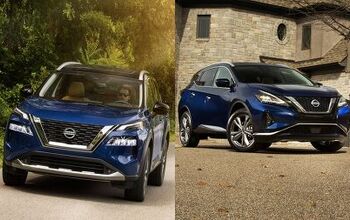
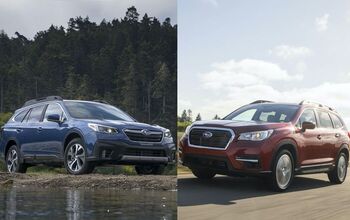
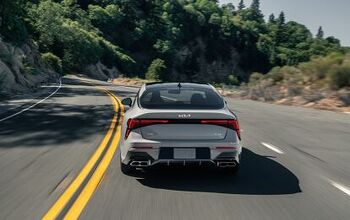

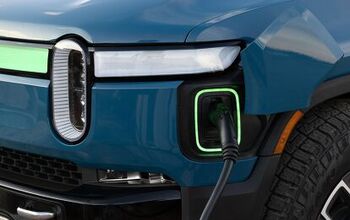

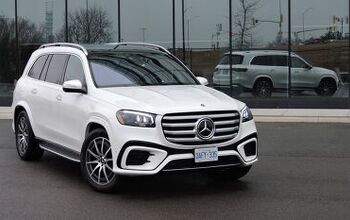

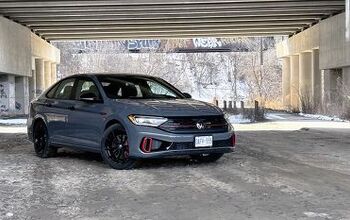

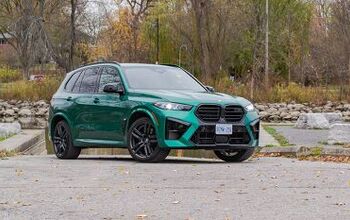
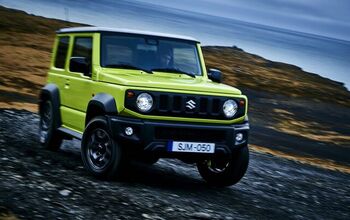
Comments
Join the conversation